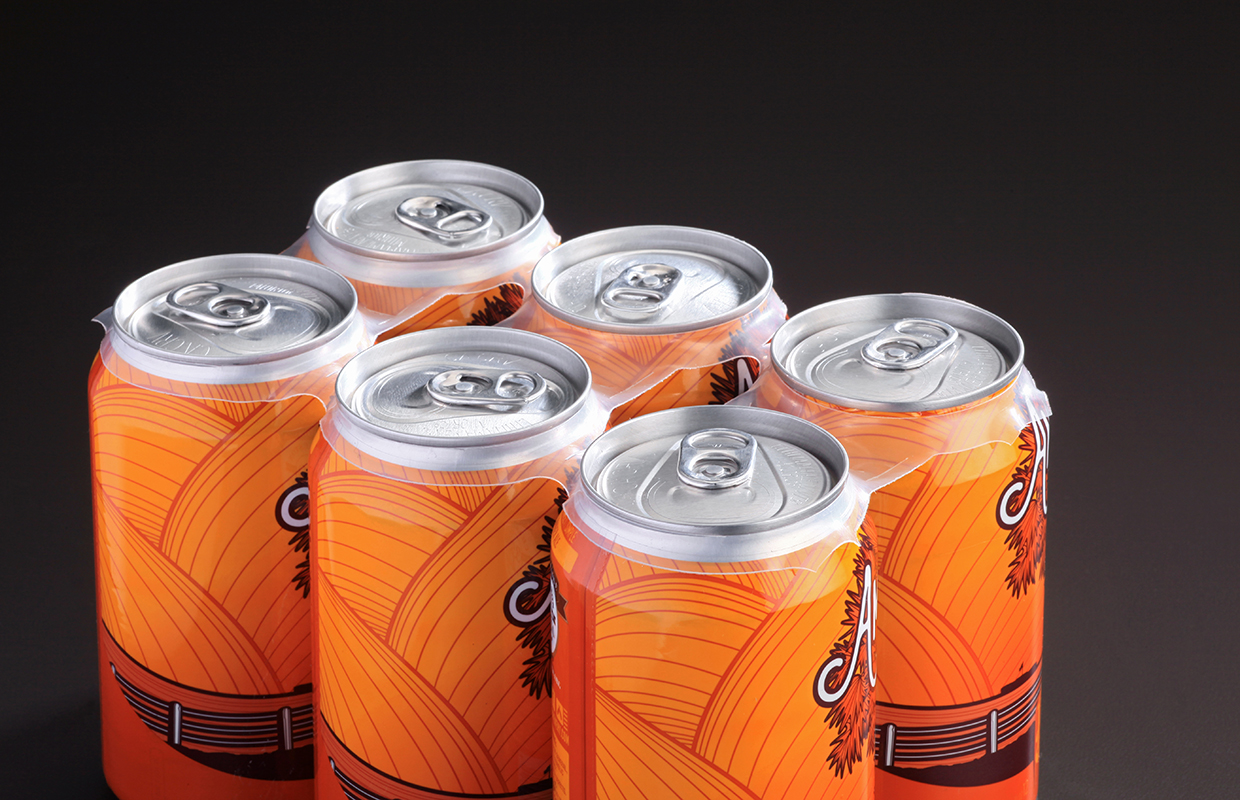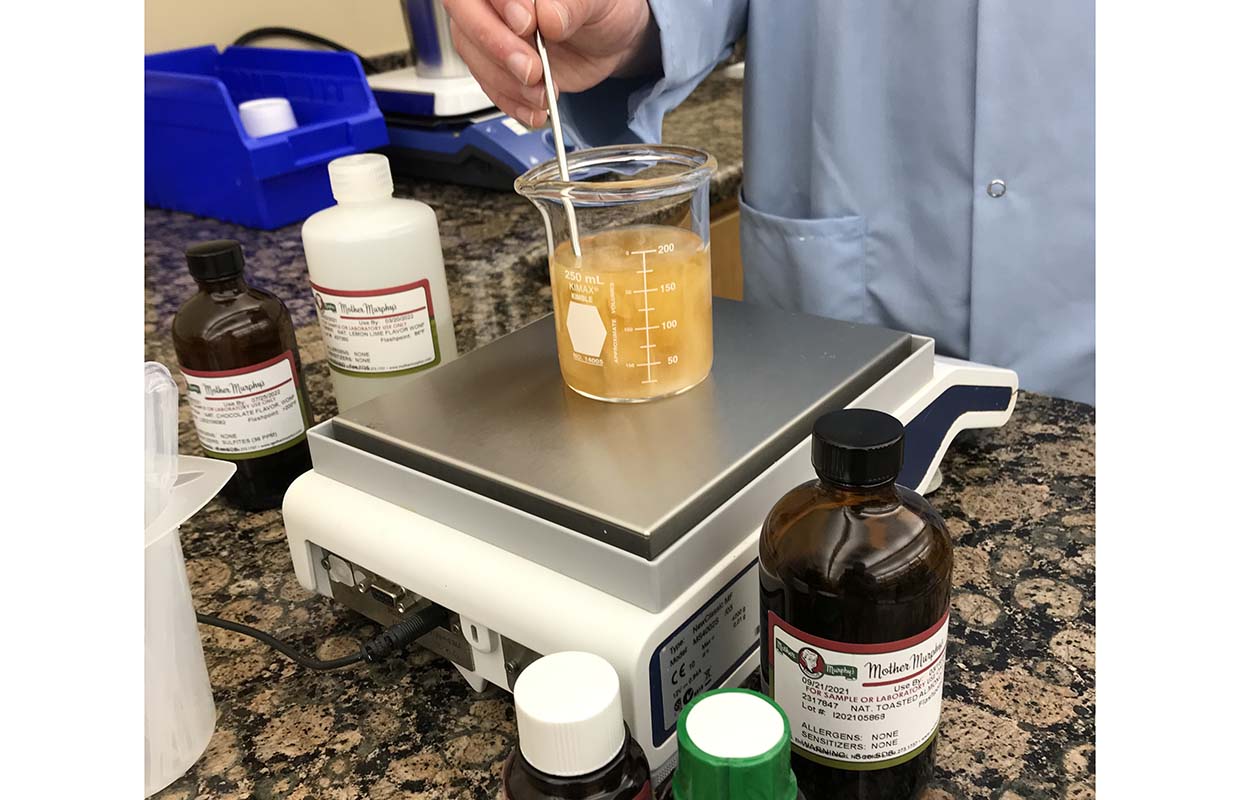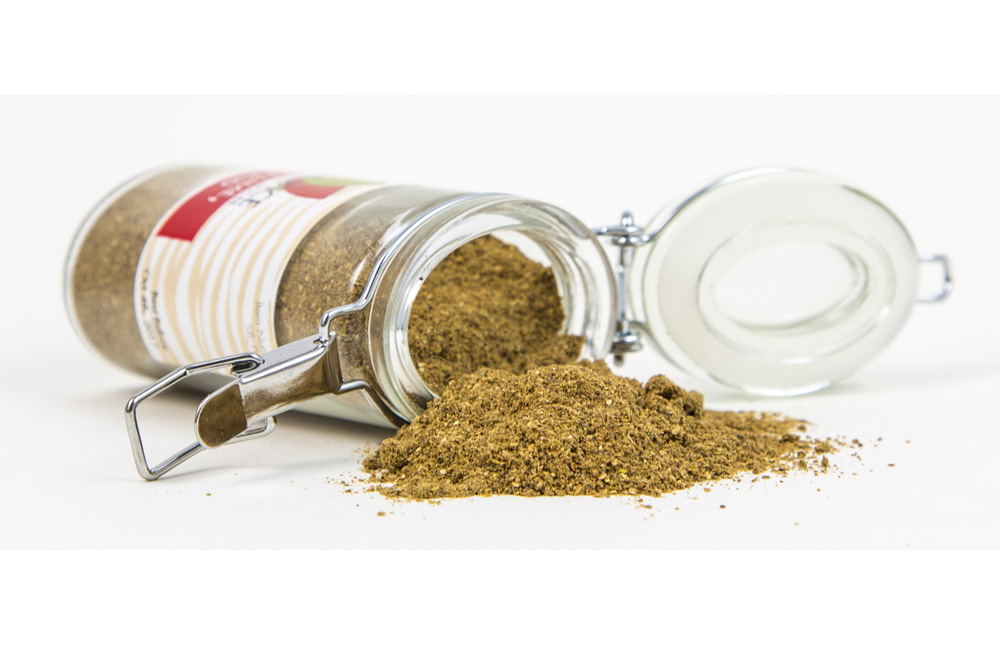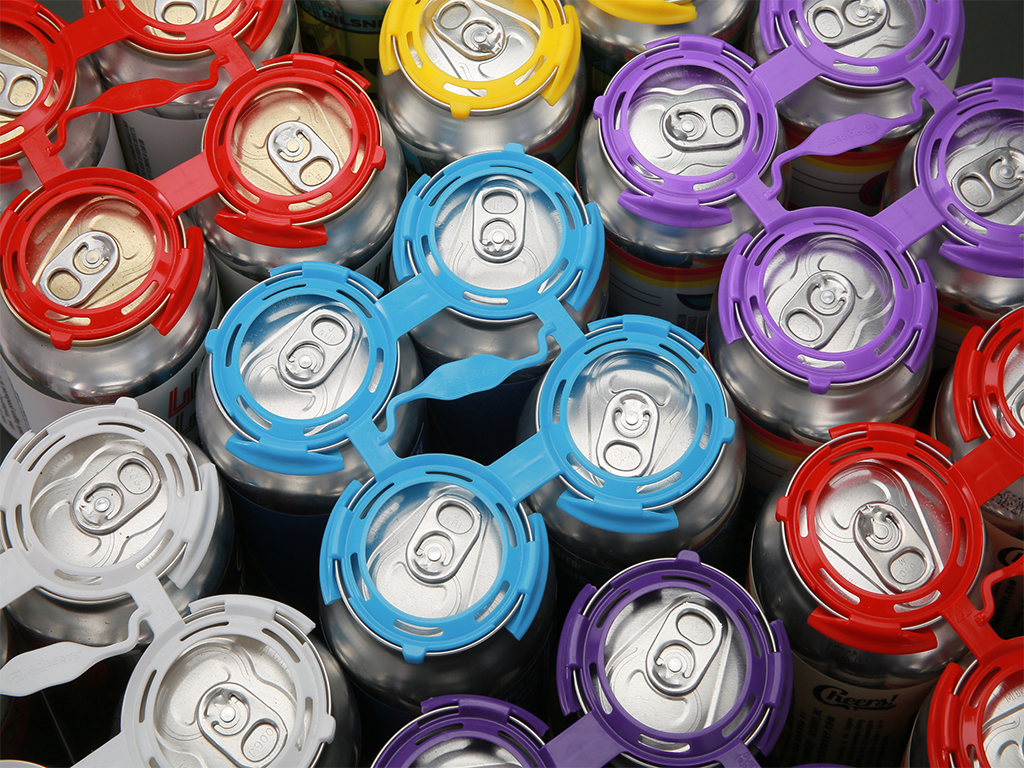
Multipack can carriers are essential for packaging canned beverages, allowing for easy handling and bundling for sales. The most common types of multipack can handles are high-density polyethylene (HDPE) plastic, low-density polyethylene (LDPE) plastic, paper and paperboard, and plant- or fiber-based.
The packaging industry has seen tremendous growth in multipack carrier options. Given the abundance of can carrier options, it’s critical to keep these five considerations in mind when choosing a solution for your business.
Sustainability
Sustainability is a key consideration for all packaging today. Keep these factors in mind when selecting a can carrier.
- HDPE plastic: Most HDPE plastic can be recycled repeatedly, reducing plastic waste in landfills and oceans. Craft-Pak™ HDPE can carriers take that a step further and use 30% less plastic than the competition.
- LDPE plastic: Many LDPE ring carriers are now photodegradable or biodegradable. Notably, Grip-Pak™ LDPE can rings are 100% biodegradable.
- Paper/paperboard: Can handles made of paper or paperboard often contain a plastic coating that needs to be removed before they can be recycled.
- Plant/fiber-based: Although compostable and biodegradable plant fiber-based can carriers are available, their production requires significant resources and can be costly.
Function and Durability
Function and durability are critical when choosing a carrier. You need carriers that work for your business and are durable enough for your customers.
- HDPE plastic: HDPE plastic is known for its durability and resistance to heat and moisture. Closed-top designs can trap moisture, but Craft-Pak™ carriers have an open ring design that avoids this problem.
- LDPE plastic: LDPE rings are more flexible and less heat-resistant than HDPE carriers. They are generally strong and reliable.
- Paper/paperboard: Paper-based handles are flexible but less durable than plastic handles. Cardboard is susceptible to tearing and moisture damage, which increases risk of cans falling out of their packaging.
- Plant/fiber-based: Similarly, plant fiber-based are generally not as durable or water-resistant as plastic carriers.
Ease of Application
Carriers need to be durable and easy to apply. Consider these differences between carrier application methods.
- HDPE plastic: Applying HDPE carriers is easy and straightforward with manual methods or semi- or fully-automatic machines. Craft-Pak™ applicators are capable of speeds of up to 400 cans per minute.
- LDPE plastic: LDPE plastic can carriers have been in use for a long time, resulting in various applicator options available for low, medium, and high-speed operations.
- Paper/paperboard: While some paper-based multipack holders can be applied manually, automated systems require a cartoning machine, which can be relatively expensive and complicated.
- Plant/fiber-based: From manual to high-speed automatic machines, plant fiber can carriers have various applicator options. Plant-based carrier applicators usually run at speeds of up to 60 cans per minute.
Transportation and Storage
Choosing the right can carrier can keep products secure in transport and help save money and space for storage and shipping.
• HDPE plastic: You don’t need to worry about HDPE multipack handles getting damaged during transport and handling. Craft-Pak™ carriers also take up less space during transport and storage, which can save you money.
• LDPE plastic: The lightweight, simple design of LDPE carriers makes them easy to transport and store.
• Paper/paperboard: Paper-based can carriers are vulnerable to moisture and bending. This makes them more prone to damage during transportation and storage.
• Plant/fiber-based: Like paper-based carriers, plant-based can carriers are less sturdy than plastic carriers.
Cost
Multipack can carriers are often the third highest packaging cost per can, making cost a critical factor in selecting a carrier.
- HDPE plastic: Although the cost of HDPE multipack carriers varies depending on material cost and application method, their durability and reusability can result in cost savings over time. Craft-Pak™ customers typically save around 25% on HDPE carriers.
- LDPE plastic: LDPE plastic can rings are the most affordable multipack solution.
- Paper/paperboard: The cost of producing paper and paperboard containers that are strong enough to hold canned beverages reliably is higher compared to plastic options. Additionally, most paper-based can carriers require complex applicator equipment.
- Plant/fiber-based: While compostable plant fiber carriers and applicators are becoming increasingly popular, they tend to be more expensive than traditional plastic solutions.
When choosing a multipack carrier, consider these factors to ensure you get a quality end product that works for you. If you’re interested in learning more about plastic multipack options, contact Roberts PolyPro at [email protected] to learn how our can carriers can benefit your business and help you save on packaging costs.




Be the first to comment